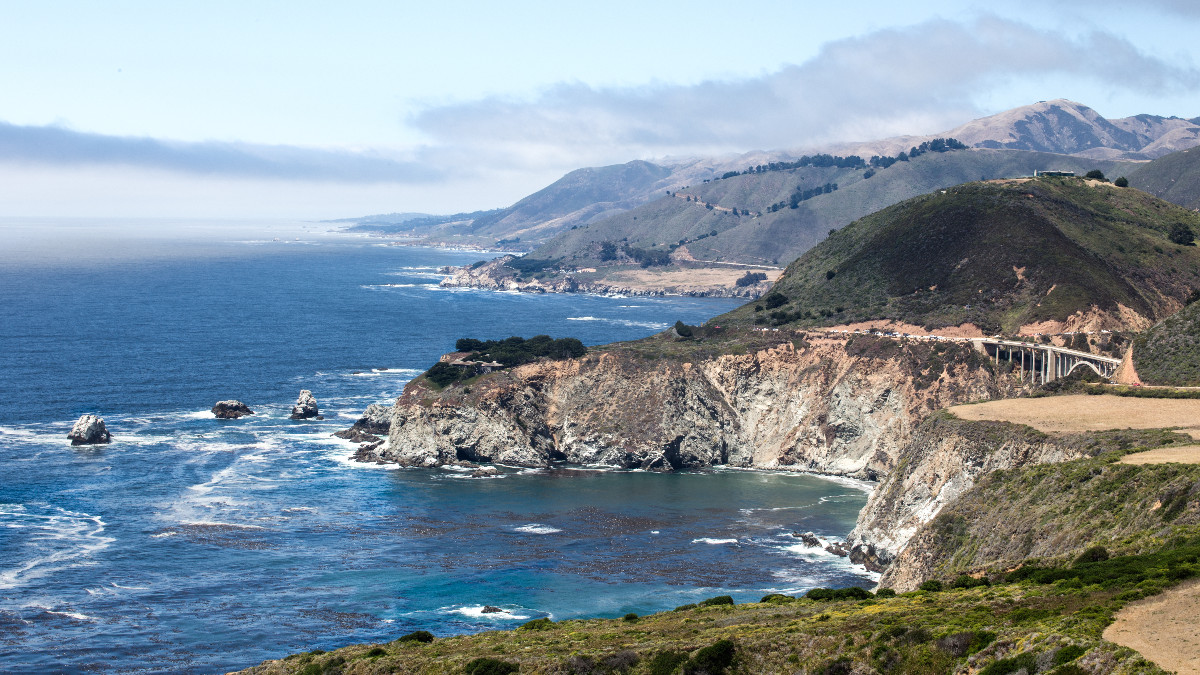Students as young as 7 years old are helping to keep endangered species safe and provide conditions for them to thrive in a handful of Bay Area school districts through engaging hands-on science coursework.
High schoolers in Petaluma City Schools District’s Casa Grande High School recently began taking care of some the state’s last remaining coho salmon at the campus’ fish hatchery. In September, wildlife officials transported 4,000 endangered coho to the school’s cool, indoor tanks after conditions at a nearby hatchery became unhealthy for the federally endangered species due to the drought. Typically, the school’s hatchery allows students to raise steelhead trout native to the local watershed, donated by other hatcheries as a learning experience.
Steindorf STEAM School second-graders in San Jose’s Cambrian School District, meanwhile, are working to increase the dwindling monarch butterfly population by planting milkweed where the butterflies can lay their eggs in the campus garden and throughout the hallways to attract the endangered monarchs. This is the fourth year that students have contributed to the monarch butterfly population through an annual project-based learning effort, but the first since the U.S. Fish and Wildlife Service announced that the monarch is now a candidate under the Endangered Species Act.
“This is a perfect example of what we do and how we solve real-world problems through project-based learning,” Lisa MacFarland, Steindorf STEAM School principal, said in a statement.
Research has long supported the benefits of hands-on science instruction. A 2018 review of 150 studies on the education, cognitive development and developmental psychology of 10-year-olds by The Center for Childhood Creativity at the Bay Area Discovery Museum found different types of play and hands-on experiences are essential for developing skills critical for STEM fields, such as curiosity, questioning and analysis — even among children less than a year old.
For older students, a 2015 study led by the University of Chicago’s psychology department found that students who physically experience scientific concepts understand them more deeply and score better on science tests. Brain scans showed that students who took a hands-on approach to learning had activation in sensory and motor-related parts of the brain when they later thought about concepts such as angular momentum and torque. Activation of these brain areas was associated with better quiz performance by college physics students who participated in the research.
California’s Next Generation Science Standards emphasize hands-on experiments, critical thinking and broad scientific concepts, and conservation efforts fit that bill, according to the US Department of Agriculture Forest Service. “Through conservation education, people develop the critical-thinking skills they need to understand the complexities of ecological problems,” according to the department’s website, which includes resources for educators. “Conservation education also encourages people to act on their own to conserve natural resources and use them in a responsible manner by making informed resource decisions.”





